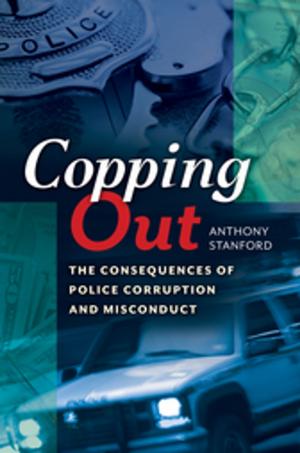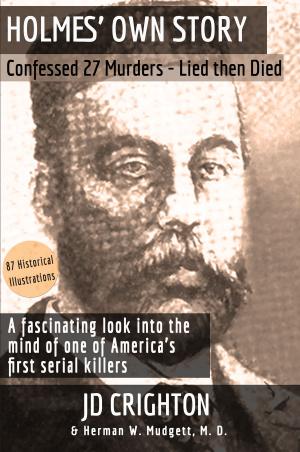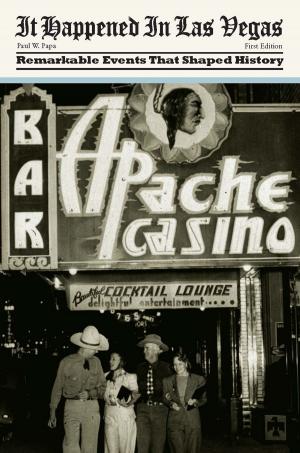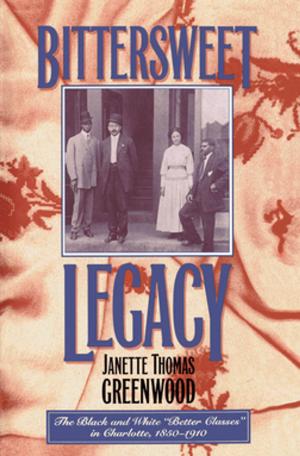The Orlando, Florida, Civil Rights Movement
A Case Study in Cooperation and Communication, 1951-1971
Nonfiction, History, Americas, United States, State & Local| Author: | Altensee Fred | ISBN: | 9781943333080 |
| Publisher: | The JAMMIN! Shop, Inc. | Publication: | February 28, 2018 |
| Imprint: | The JAMMIN! Shop, Inc. | Language: | English |
| Author: | Altensee Fred |
| ISBN: | 9781943333080 |
| Publisher: | The JAMMIN! Shop, Inc. |
| Publication: | February 28, 2018 |
| Imprint: | The JAMMIN! Shop, Inc. |
| Language: | English |
Heading into the 1950s, manifestations of racism were present in Orlando and Orange County that posed serious threats to the impending Civil Rights Movement. Confronting racism, as manifested by segregation, discrimination, and violence toward African-Americans, was at the heart of the Orlando Civil Rights Movement. However, despite this deeply embedded racism, a spirit of cooperation and communication between black and white community leaders existed. This spirit of cooperation and communication facilitated the first step in the Orlando Civil Rights Movement, the 1951 integration of the Orlando Police Department, and later proved instrumental in the success of biracial committees. These biracial committees, strongly supported by the Orlando city government and police department, helped bring about relatively peaceful integration in Orlando. The Orlando spirit of cooperation and communication between African-American and white communities (supported and fostered by city officials in the creation of biracial committees) appears to be somewhat unique, particularly in comparison to other Florida cities. In Jacksonville and St. Augustine, for instance, city officials spurned communication, rejected biracial committees and integration, showed less police restraint and consequently saw their communities descend into chaotic violence that greatly impeded the integration process. The Orlando spirit of cooperation and communication, aided by government support that spurred successful integration, also contrasts sharply with the actions of the Orange County School Board. The Orange County School Board, like many other school boards in Florida, sought to circumvent and stall the integration process. The uniqueness of the spirit of cooperation and communication in Orlando's integration is even more evident when compared to the desegregation of Orange County Schools.
Heading into the 1950s, manifestations of racism were present in Orlando and Orange County that posed serious threats to the impending Civil Rights Movement. Confronting racism, as manifested by segregation, discrimination, and violence toward African-Americans, was at the heart of the Orlando Civil Rights Movement. However, despite this deeply embedded racism, a spirit of cooperation and communication between black and white community leaders existed. This spirit of cooperation and communication facilitated the first step in the Orlando Civil Rights Movement, the 1951 integration of the Orlando Police Department, and later proved instrumental in the success of biracial committees. These biracial committees, strongly supported by the Orlando city government and police department, helped bring about relatively peaceful integration in Orlando. The Orlando spirit of cooperation and communication between African-American and white communities (supported and fostered by city officials in the creation of biracial committees) appears to be somewhat unique, particularly in comparison to other Florida cities. In Jacksonville and St. Augustine, for instance, city officials spurned communication, rejected biracial committees and integration, showed less police restraint and consequently saw their communities descend into chaotic violence that greatly impeded the integration process. The Orlando spirit of cooperation and communication, aided by government support that spurred successful integration, also contrasts sharply with the actions of the Orange County School Board. The Orange County School Board, like many other school boards in Florida, sought to circumvent and stall the integration process. The uniqueness of the spirit of cooperation and communication in Orlando's integration is even more evident when compared to the desegregation of Orange County Schools.















